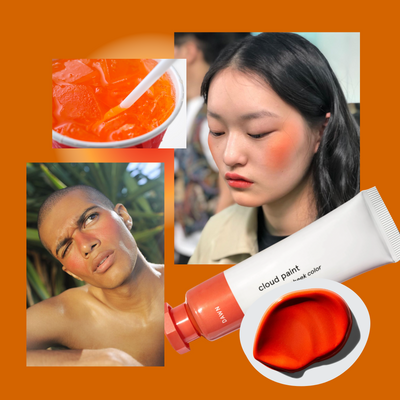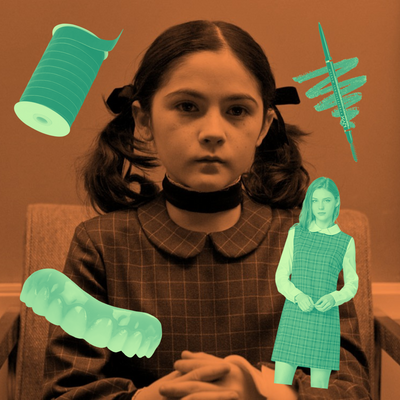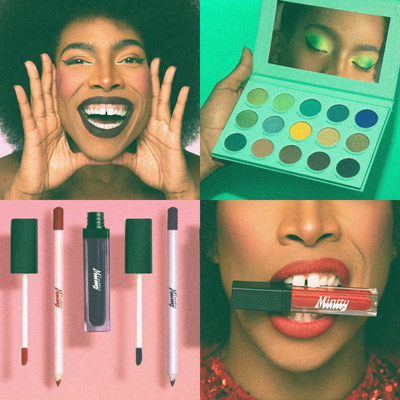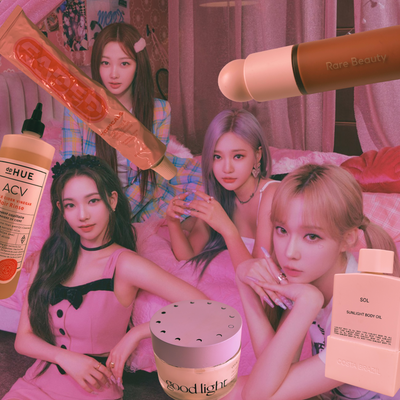When I was starting out as an influencer, I had absolutely no idea what I was doing.
More than anything, I was confused about how much I should charge for content, when I should start charging and whether brands would even be willing to pay a rate I would be happy with. The influencer market isn’t the most welcoming space in terms of getting business advice. Most people don’t talk about how much they’re getting paid and a lot of the time they’re contractually obligated not to mention that information. It’s also one that seems super secretive and impossible to break through. With so much competition and thousands of new influencers every day, how does one possibly figure out what they’re worth?
SEE ALSO: A message to the beauty industry: Black beauty boys aren’t going anywhere
As normalized as influencers have become in the age of social media, there’s still a lot of confusion surrounding how much they’re getting paid for their services. If you’ve ever wondered how much your social media posts are, look no further. Very Good Light looked into all the different factors that go into how much you, as an influencer can get paid and what brands look for. You’ll be surprised at just how this entire industry works.
Small follower count? You still can be raking in the $$$
Instagram analytics tools like Hopper HQ provide estimates of how much celebrities are getting paid for posting sponsored posts. At the top of that list reigns Kylie Jenner, with a whopping $1 million per post and over 100 million followers. That means she’s getting roughly $.01 per follower. But fame and follower count isn’t everything – you can charge for a post based on a variety of factors.
According to Jennifer Li Chiang, co-founder and CEO of MuseFind, a leading influencer marketing platform, influencers are far more effective than celebrities at communicating with and engaging with their audiences. Brands are more than willing to pay for that sort of direct line of communication. In addition, smaller influencers are having just as much success in the influencer space as bigger ones. “More and more companies are working with smaller influencers,” says Jennifer to Very Good Light. “There’s more ambitious influencers on the smaller end who are more eager and likely to engage with businesses than those who feel they have made it.” That means that smaller influencers, who want to prove their worth, will probably have better content. Better content means more engagement for brand who’d want to regram their posts. It’s a win-win situation. Brands get great posts for a smaller budget and influencers get to add their collaborations to their resume.
Ernest B. James, founder and chief managing officer of Noire Management, a diversity inclusive talent and marketing agency, says it’s not all about the numbers. Rather than the follower count, brands want to get the word out there. Meaning, nano-influencers – those with less than 20,000 followers – can sometimes be more engaging than micro-influencers, those with less than 500,000 followers.
Ernest explains that brands can effectively get marketing from nano-influencers who will post about them in exchange for free products. There’s both excitement on the part of the influencer for getting the opportunity to partner with these brands, he says, and excitement on the part of this smaller audience who wants to see the influencer in question flourish within that market.
Quality > Quantity
Jennifer explains that brands are getting smarter when it comes to who they choose for their influencer marketing campaigns. “You can buy followers and engagement but you can’t put a price on quality of content and professionalism,” she says. Brands are moving away from looking at follower count. Rather, she says, it’s “quality of posts, professionalism, and how well influencers know their fans.” Even if you have a lot of followers, what brands care about is whether your followers trust you and if you can quantifiably prove it. “These are things that go beyond reach,” says Jennifer.
Suzanne Droese, co-founder of Estate Five Media, a PR company for the influencer space that represents influencers like Diet Prada, agrees. Suzanne explains that micro-influencers might have smaller followings, but can be just as influential as bigger ones. “Their followings may be on the smaller side, but their followers listen to and hang on to every word they say,” she tells Very Good Light.
And if you thought your hashtags wouldn’t be seen by any brand, think again. They’re watching, scrolling and discovering – after all, that’s their job.
Ernest notes that these influencers will sometimes even put in substantial efforts to create better looking content than bigger influencers. According to Ernest, brands take note of that when it comes to who they select for their campaigns and how much they’re willing to pay. It all comes down to how seriously you take the influencer space. “Within the influencer space, we’re finding that you’re hot today and gone tomorrow because you’re only as good as your last post,” he explains. “Essentially, what brands are paying for is small advertising agencies.” So even with a big following, if you deliver something generic, in an oversaturated market like the influencer space, the brand is going to look elsewhere. The takeaway here: if you’re serious about the influencer business, have consistent content.
Still need a starting point? Try this equation.
As per mentioned, there isn’t a one size fits all charging scale for influencers, and it isn’t all about the follower count. According to Later.com, a marketing platform for Instagram, as a good starting point, a lot of influencers go by “$.01 per follower rule.” Meaning, for every follower you have, you can charge a penny. But that’s definitely just a guesstimate – it’s simply where you can budget where you can start out.
A brand will be more willing to pay for what fits with their vision for their campaign than just any influencer with a lot of followers. Suzanne notes that every brand is different. “Some brands look to collaborations for brand recognition and awareness, while some are looking to convert to sales,” she says. At the end of the day, it depends on what the brand’s goals are which helps them decide what and who they’re willing to pay for.
Is it time for an agent?
In the long run, influencing turns into a much bigger job than just content creation, and that’s when looking into managers or agents becomes necessary. Ernest explains that when you get into a space where you’re booking about 5 to 6 jobs per month and being asked to do a greater scope of work than just content creation is when it’s best to start looking into a manager or agent. “A manager is going to help you manage all 6 of those jobs making sure you’re not running into any editorial calendar mishaps or you’re not missing deadlines,” he says. But be prepared to share some of your earnings with your agent or manager. The industry standard is 10% per pay check.
When your platform grows even bigger towards the millions, Ernest explains that this is when you can really think about creating viable business. “A lot of influencers are parlaying into various industries instead of just influencer markets in the traditional sense.” Because of that, besides just looking into managers, bigger influencers need to look into agents that specialize in the industries that they’re getting into like television or literary.
Here’s where you should start
Build your aesthetic and brand identity. For instance, are you a beauty boy, lifestyle, fashion, fitness? Try reaching out to smaller brands and creating content for them; this will not only highlight your content creation skills, but also show bigger companies you have experience working with a brand. And if that doesn’t work, go out and buy the products yourself and create content with them to get a brand’s attention. As Suzanne puts it: “good content combined with an element of ‘hustle’ are the most appealing. Like in any industry, hard work, talent, and dedication make for a winning combination.”
At the end of the day, think of this as a business. “Being an influencer is really the same as being an entrepreneur,” says Jennifer. “You’re building your own brand. Everything you do is building your professional profile. That’s what you should keep in mind if you own it and you decide to run with it.”






